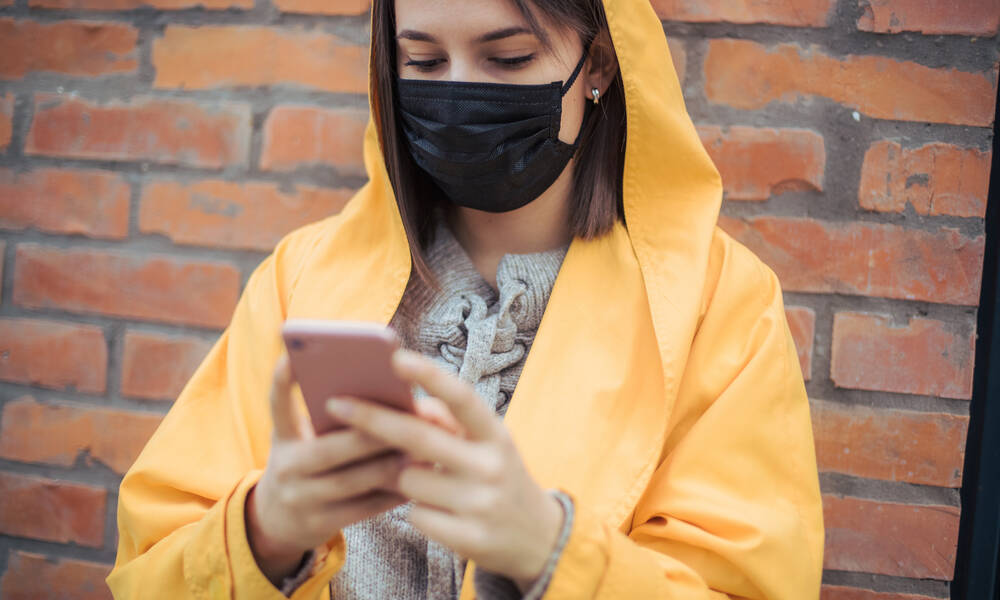
Will Attendees Be Asked to Screen Themselves for Symptoms of COVID-19?
Once in-person meetings and conferences begin again, some associations may ask attendees to answer a daily health questionnaire or undergo some type of symptom screening for COVID-19.
Over the past few weeks, kids in many parts of the country have been returning to school after six months away. Getting kids back in the classroom safely—if only part-time—has required detailed planning and coordination.
Earlier this week, I was talking to a friend of mine who lives New York City about her son starting kindergarten. Standard guidelines to stop the spread of COVID-19 will be in place (masks, temperature checks, and social distancing). But in addition to that, his class will be held outdoors, and parents are required to do a health check every morning. After answering a few questions online, parents are given either a smiley face, meaning they can bring their child to school, or a sad face, which means they need to stay home or provide additional information.
Last week, I wrote about how convention centers are preparing for the eventual return of attendees by adding new technology like thermal imaging cameras that will take the temperature of conventiongoers when they arrive onsite.
In addition to technology offered by meeting venues to help monitor attendee health, associations—much like schools—may consider asking participants to fill out a daily health questionnaire before they arrive for their day of learning and networking.
That’s exactly what the National Cattlemen’s Beef Association did for its 2020 Cattle Industry Summer Business Meeting in July, a hybrid event with an in-person component in Colorado. According to an article posted on PCMA.org, NCBA asked its in-person attendees to use a COVID-19 symptom screening tool.
Developed by 42Chat, HealthShield allowed attendees and staff to respond to a three-question survey via text, which could be completed in less than 15 seconds. After taking the survey, attendees either received a valid green check mark to enter, or a red or yellow mark restricting their access or asking them to take additional steps before entering.
NCBA didn’t require attendees to be screened via the text tool, but those who used it and received a green check mark were able to move quickly through the doors by showing their phones. For attendees who didn’t complete the survey online, NCBA had staff onsite to conduct the screening in person.
Tradeshow service provider Fern also recently announced that it was partnering with ShareMy.Health to launch Fern Health Check, a digital platform that allows tradeshow and event organizers to collect self-assessments from attendees, staff, and other participants.
“The return to live events is going to be about shifting the mindset of attendees, exhibitors, venues, and local jurisdictions to a place where they are again comfortable hosting and attending events,” said Jim Kelley, Fern’s vice president of marketing and industry relations, in a press release. “We believe Health Check is a key tool that will help this occur.”
As your association plans for the eventual return of in-person meetings and conferences, what type of health checks do you anticipate asking attendees to take part in? Please share in the comments.
(LukaTDB/iStock/Getty Images Plus)






Comments